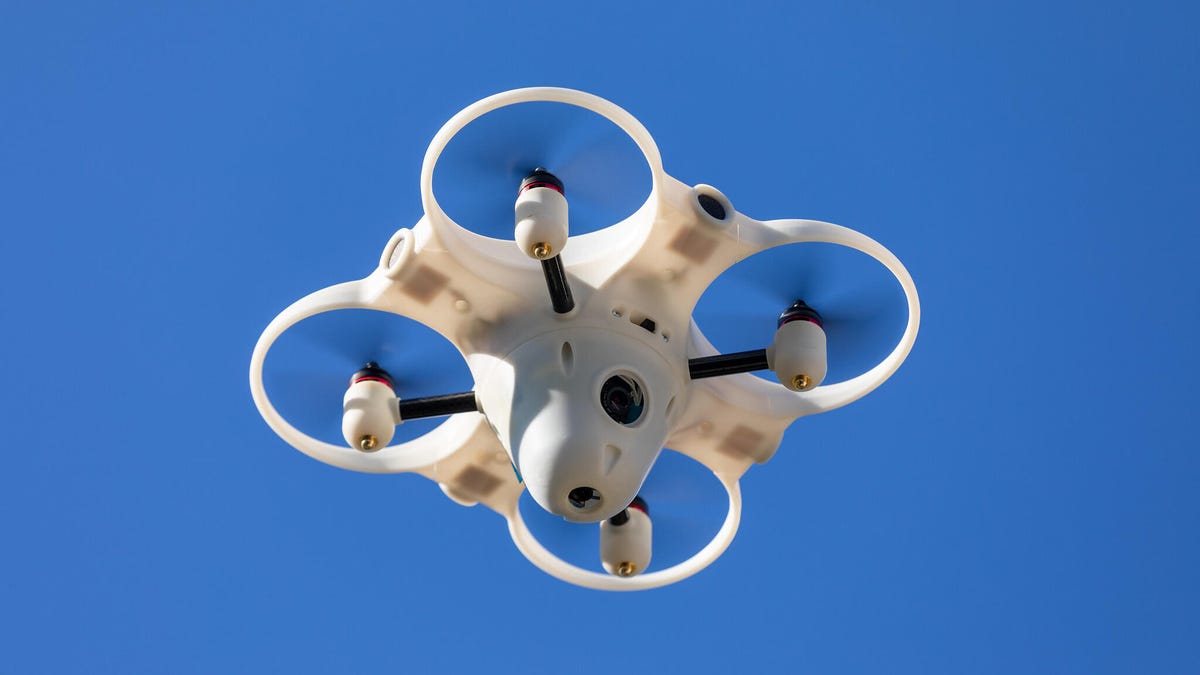Don't Fly Drones Over the Super Bowl. This Company Could Catch You
Even though it's illegal to fly drones around stadiums, Dedrone is spotting more and more flights in restricted areas.

If the prospect of crashing your drone into a crowd of fans attending Super Bowl 58 on Sunday isn't enough to deter you from flying it at the arena, perhaps the prospect of police knocking on your door will be.
A company called Dedrone has placed drone detection equipment at Allegiant Stadium in Las Vegas that can spot drone locations and, often, pinpoint the location of the drone pilot, too. That information is sent to arena security and local law enforcement. In other words, there are some teeth to the FAA's designation of the Super Bowl as a "no drone zone."
Despite that drone ban, and "geofencing" restrictions built into drones themselves, plenty of people violate the rules, said Dedrone President Ben Wagner. Drone flights increased nearly 20% from 2022 to 2023 at the 59 stadiums where the company operates, reaching 4,064 violations of airspace bans called temporary flight restrictions (TFRs).
Drones can offer an entertaining or lucrative new perspective for photographers and videographers who can't afford helicopters or other traditional aerial photography options. That's great for real estate photographers, pipeline inspectors, Hollywood directors and others. But society has yet to fully come to terms with how to handle drawbacks like privacy infringement, safety and noise.
"We see an increased amount of violations of airspace," Wagner said. That's despite the fact that the FAA can issue fines of $30,000 or more.
The FAA restricts flights over Super Bowl 58 in Las Vegas
Some are relatively benign flights, like people taking a drone selfie from a tailgate party, but some are more serious flights designed to halt games, as happened with the decision to pause a 2023 football game between the Baltimore Ravens and Cincinnati Bengals.
"Knowing that you're causing a disruption to the game is enough to get people excited to get their drones in the air," Wagner said. Most drones have built-in features that block flights in restricted areas, which have often kept drones away in the past. "People have gotten smart enough and sophisticated enough to override their software on most commercial drones."
Drones can crash into people or buildings, Wagner is more concerned about more dramatic problems like causing a panic in a crowded stadium or colliding with race cars or helicopters.
Dedrone's technology works by detecting radio signals between drones and their pilots, though it can also integrate with other companies' audio and visual detection. It also offers a radio signal jamming system that disrupts drones, sending them into a somewhat confused state in which they often return to their launch site.
